Ticino
Situated at the lowest elevation of Switzerland, on the shores of Lake Maggiore at 193 metres (633 feet) above sea level, Ticino borders in the south on the Lombard hill country. In the north it has villages at elevations of 1500 metres and mountain peaks over 3000 metres high (4921 and 9843 feet) – one of the most geographically varied Swiss cantons.
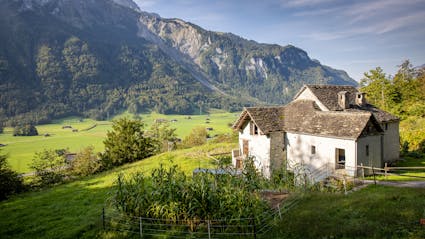
Palm Trees and Glaciers
Situated at the lowest elevation of Switzerland, on the shores of Lake Maggiore at 193 metres (633 feet) above sea level, Ticino borders in the south on the Lombard hill country. In the north it has villages at elevations of 1500 metres and mountain peaks over 3000 metres high (4921 and 9843 feet) – one of the most geographically varied Swiss cantons. The traditional buildings are correspondingly variegated. Cultural influences also led to variety in traditional buildings.
Hill Country
In southernmost Ticino, the Mendrisiotto and the Luganese (district of Lugano) there are concentrated villages. In this region there are also large, isolated farmsteads reminiscent of the Lombard domains. The farmstead “La Pobbia” from Novazzano (851) is of this type. Its occupants devoted themselves for centuries to farming wine, grain, maize and livestock.
Pre-Alps
In the Sottoceneri, the hill country borders on mountainous regions like the Muggio valley. Instead of intense rectangular farmyards and broad fields, small buildings and divided land parcels determine the landscape. In suitable places and on terraced land, fields and chestnut groves are cultivated. Vineyards hug the hillsides, which slope up to peaks like Monte Generoso (1701 metres, 5581 feet).
Alpine Zone
The alpine part of Ticino begins above the Sopraceneri with isolated valley communities such as the Onsernone and Verzasca valleys. The small mountain farms practised much animal husbandry and also a little field cultivation. Here chestnuts (marroni) were, as in all of Ticino, an important source of nourishment. Poverty was rampant here until the 20th century and emigration a way out. The timber houses resemble those of the Grisons, the Valais and the Central Switzerland. The Leventina and Blenio valleys were for centuries governed by bailiffs from the cantons of Uri, Schwyz and Nidwalden, favouring the timber construction from the northern alpine region, which was already present to some extent. These buildings remind us somewhat of the Middle Ages, for instance the house from Malvaglia (821) and the round-timbered granary from Campo (832). 200 years ago stone buildings replaced wood in Ticino.
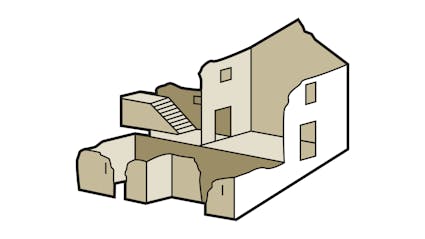
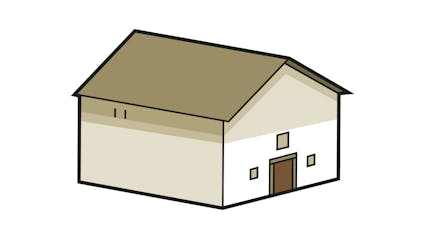

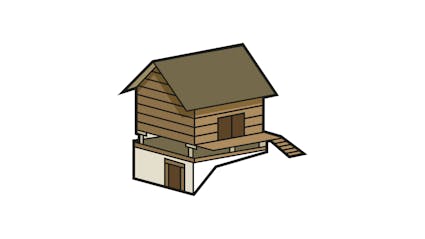
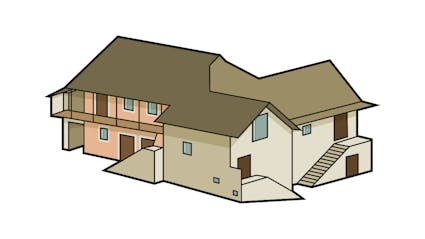
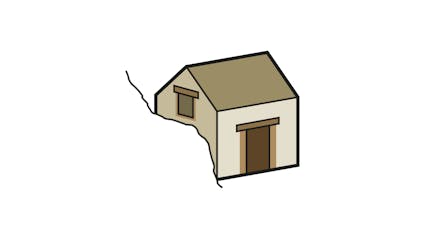
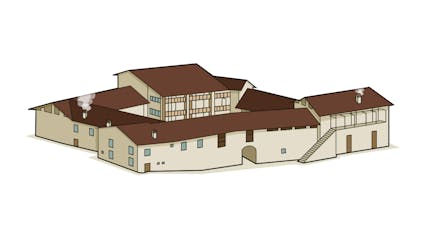
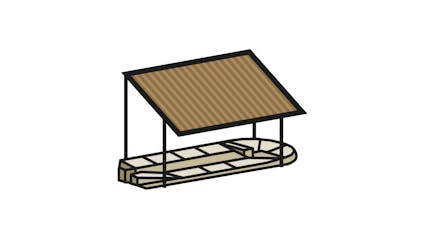
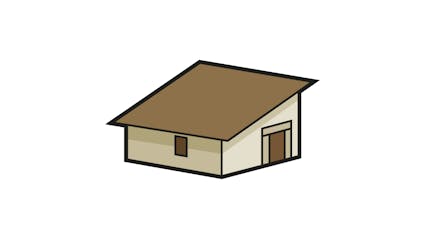
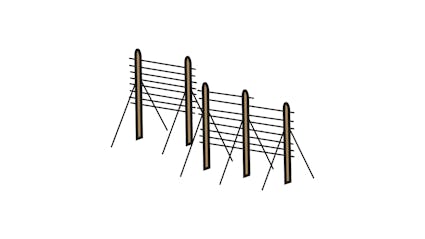
Ballenberg
Swiss Open-Air Museum
Museumsstrasse 100
CH-3858 Hofstetten bei Brienz
Company holidays
24 December 2025 to 11 January 2026
Opening hours Administration
3 November 2025 to 8 April 2026
From Monday to Friday
8.30 am to 11.30 am
1.30 pm to 4.30 pm
Opening hours
9 April to 1 November 2026
10 am to 5 pm daily